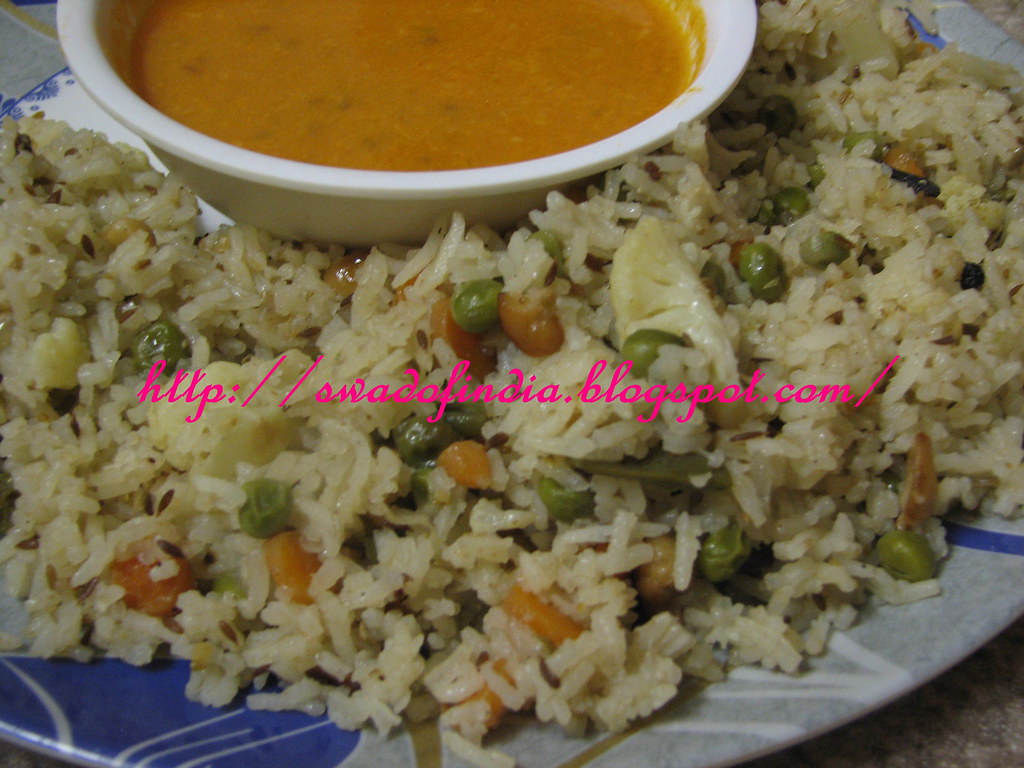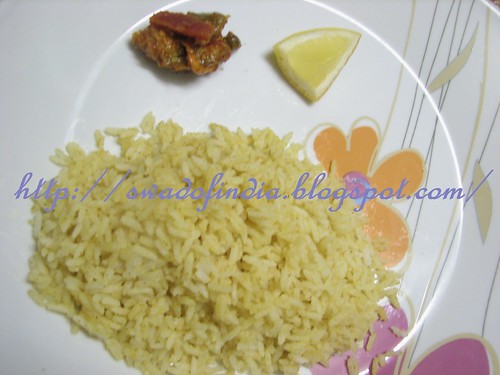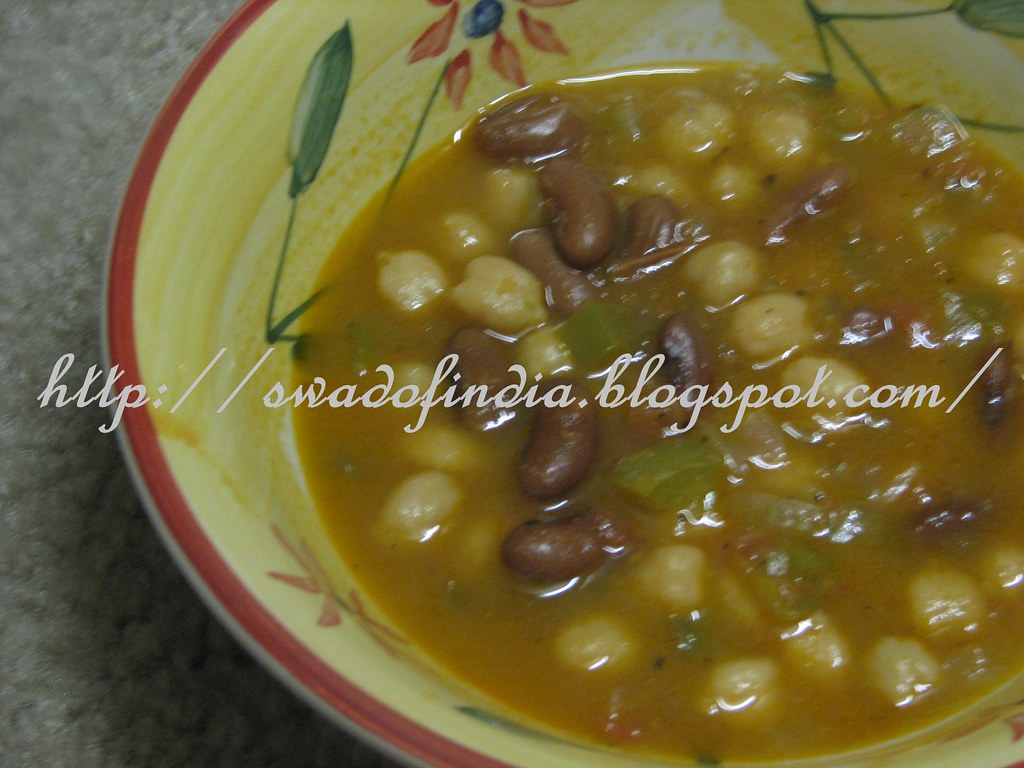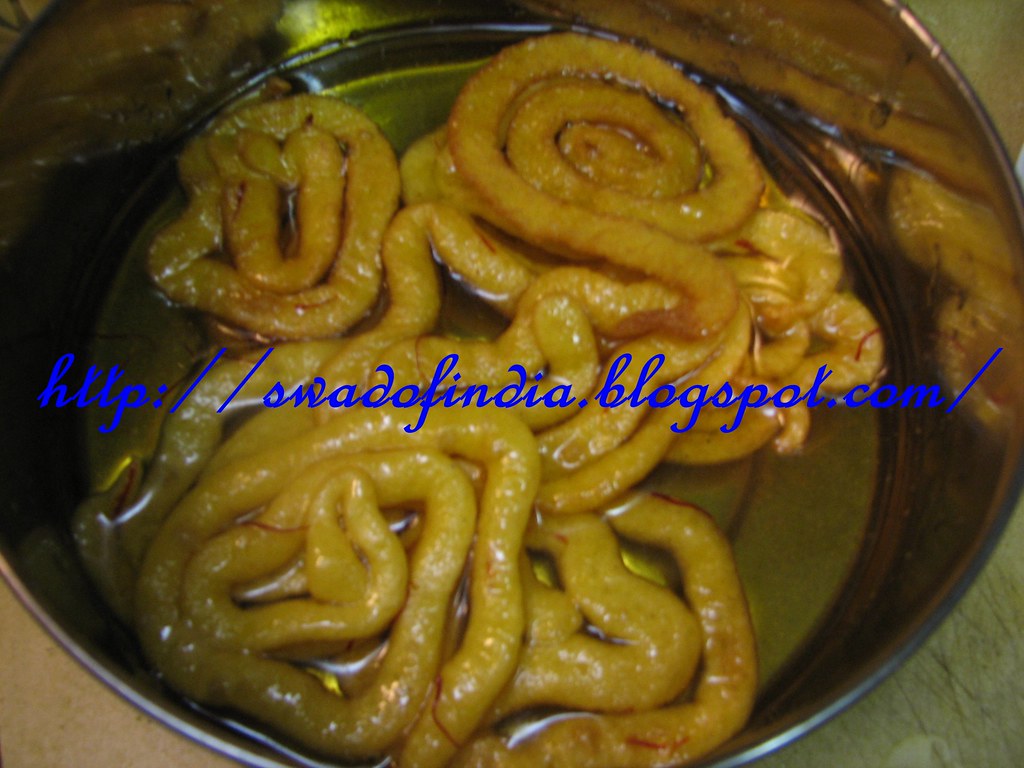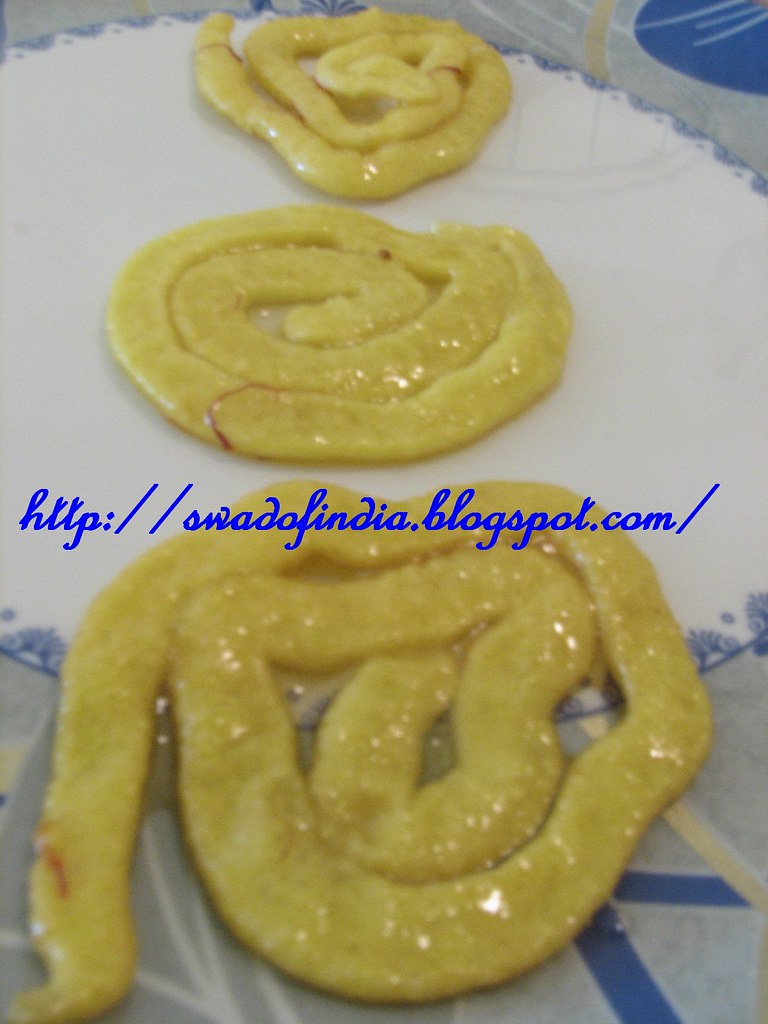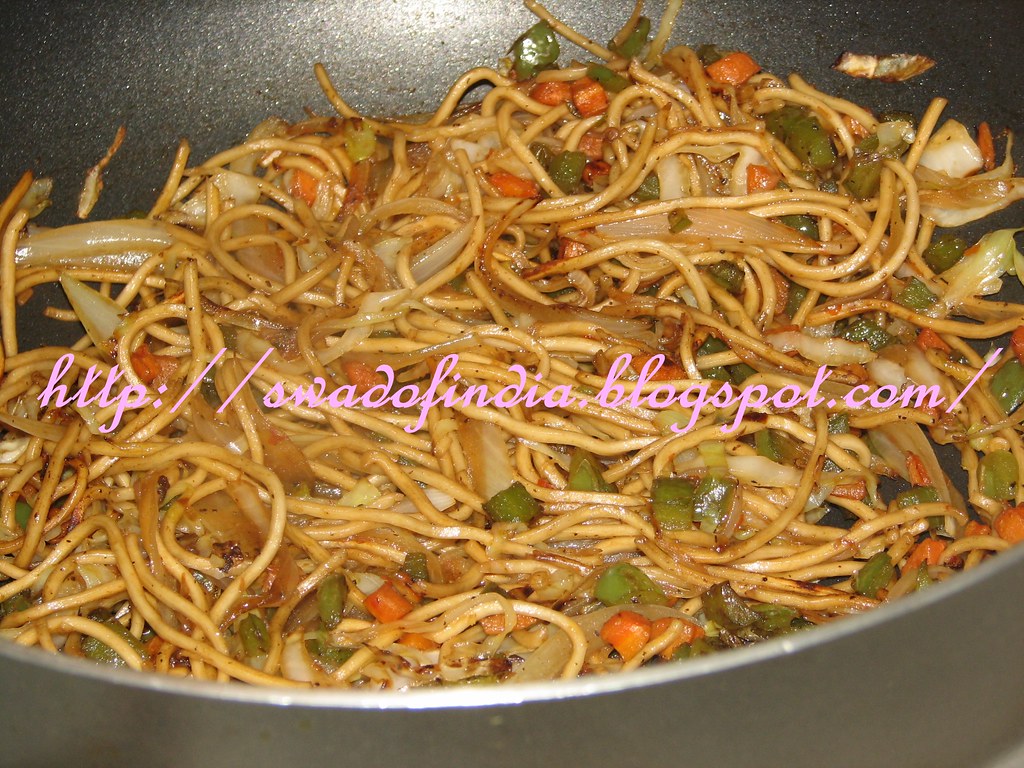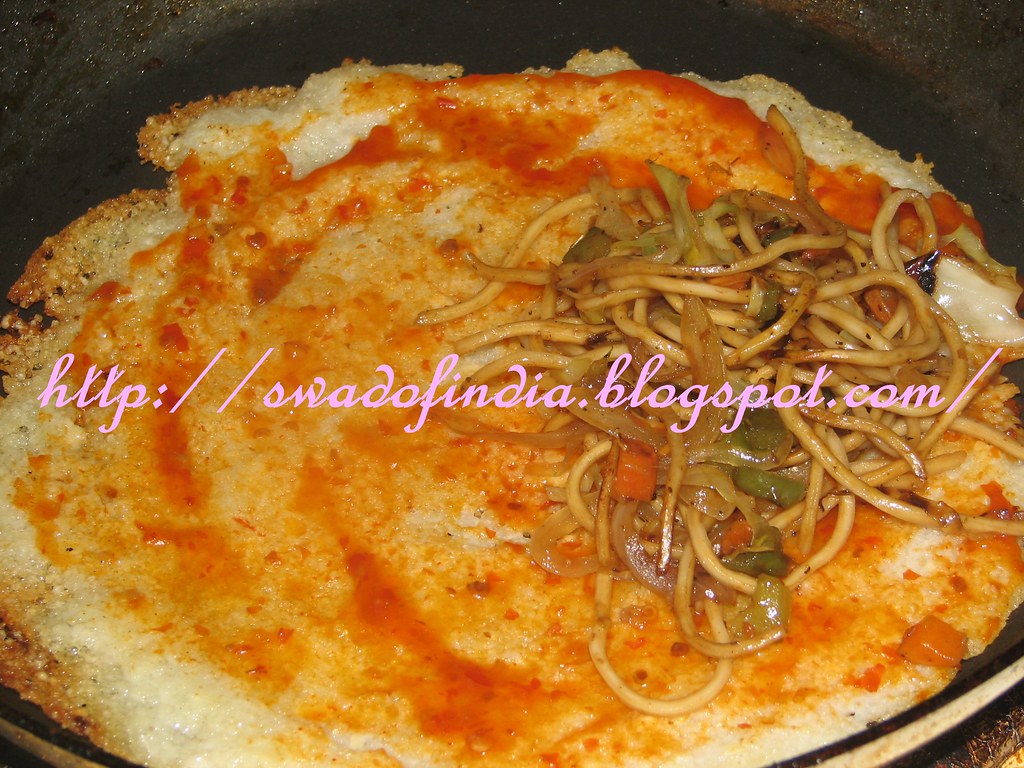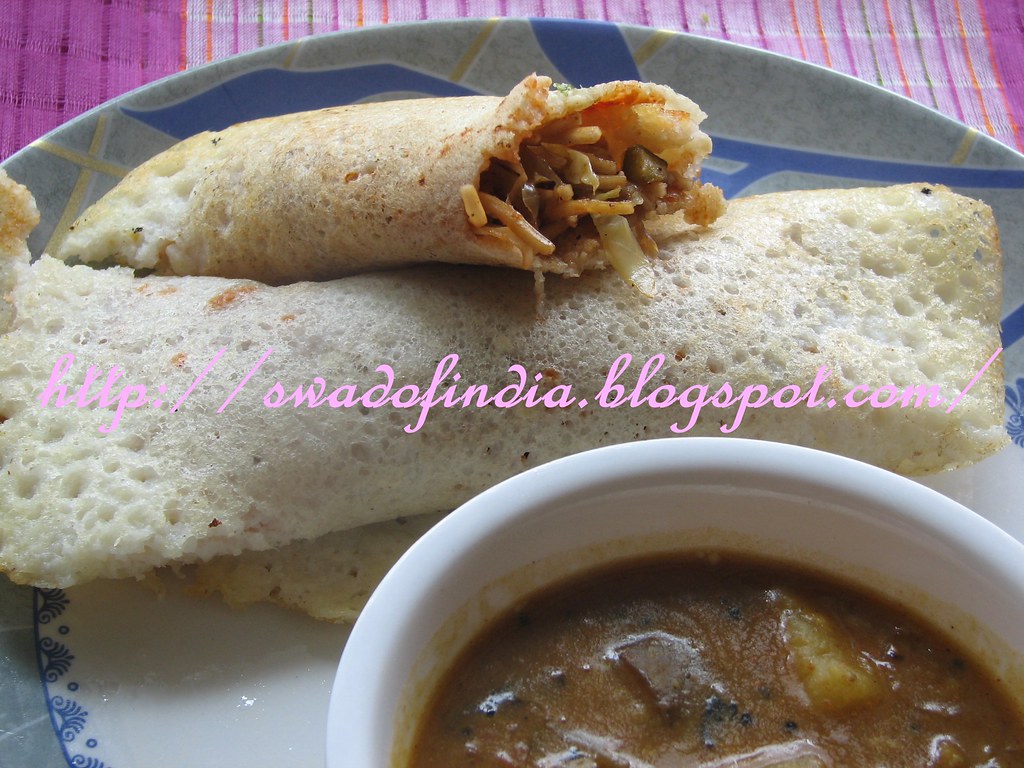Maharashtra: the land that produces rice, sugarcane, cotton, jowar, bajra, wheat, maize, and several other crops. And who produces these crops? None other than the farmers, toiling hard under the sun’s rays to provide us grains and food. They live a simple life and often find it difficult to eat and provide everyday meals to their families. Their day to day worries include rains, drought, and farm fires. Sadly, the farmers are in focus these days owing to their high suicide rates.
As a tribute to all the farmers and to celebrate RCI: Maharashtra, I made zunka-bhakar. Zunka is a spicy, dry gravy made using besan, whereas bhakar is an Indian flat bread. Bhakri can be made using jowar, bajra, or rice flour or a combination of these. Zunka Bhakar is a farmer’s meal. You must have seen numerous Marathi movies in which the farmer’s wife visits her husband on the field. She carries with her a staple meal of zunka, bhakri, mirchicha thecha (crushed green chillies), and kanda (onion). To the farmer, this meal would taste much better than any of the meals offered by 5-star restaurants. He will feel content, happy, and energetic on eating this meal. To add to it, bhakris are very healthy and filling.
I have a distinct memory of eating zunka-bhakar. When I was a kid, we had visited Pratapgad. The fort climbing and the cool weather made us terribly hungry. On the fort top, there was a family who were selling zunka-bhakar. They were making fresh hot bhakris in front of us and we would ask for more after the first one got over. Now, bhakris are really very filling and that lady was making the biggest bhakris ever. But they tasted so good with the zunka that we kept on eating more. She served chilled buttermilk to end a perfect meal. That was one helluva satisfying meal that I would never forget in my entire life.
This was the first time I made zunka and bhakri. I followed the recipe for zunka from here, just took less ingredients to serve 2.
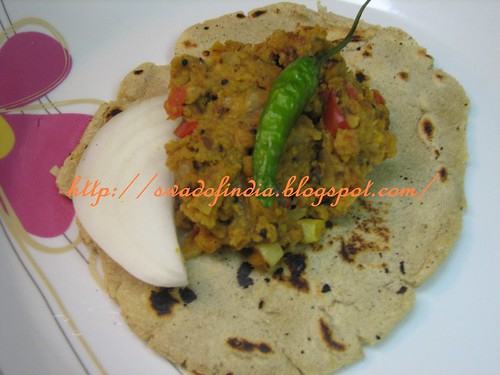
Zunka
1.Heat a pan and dry roast the besan for 8 minutes on low flame. The besan will turn light pink and send out a beautiful aroma. Turn off the heat.
2.Chop one small onion and one small tomato. Also chop 2 green chillies and 2 garlic flakes.
3.Heat 1 tsp oil in a pan. Add ½ tsp mustard seeds and ¼ tsp cumin seeds. Wait till they splutter and then add green chillies, curry leaves, and chopped garlic. Once the garlic changes color (to light brown), add the chopped onions. Fry till the onions turn golden brown.
4.Add tomato and cook till it turns soft. Now, add besan, ¼ tsp turmeric powder, ¼ tsp red chilli powder, salt, and ½ cup water. Stir and check that no lumps are formed.
5.Cook for 5 minutes and serve hot.
The zunka turned out fabulous. However, I faced loads of trouble while making the bhakris. They kept cracking at edges. Still, it was my first attempt and I am hoping to improve. I just could not make large bhakris. So, I and P had to settle for mini-bhakris.
Bhakris
1.Take 2 cups jowar (makes around 6 mini bhakris), add ¼ tsp salt, 1 tsp oil to it. Add water and make dough just the way you make for chapattis.
2.Heat a pan.
3.Take a big ball of dough and roll out the dough just the way you do while making chapattis. Sprinkle jowar flour to ease the rolling process.
4.Put the bhakri on the pan. Take some water and gently spread it on the bhakri. Cook for 2 minutes.
5.Flip on the other side and cook for 2 more minutes. Turn over again till there are brown spots on both sides.
6.Serve hot with zunka, onions, green chillies, and buttermilk. Bhakris can be alternately served with Pithala.
The next time you eat your meal, thank the farmer who supplied it. Jay Maharashtra!



